detail profile nikolai cherkasov
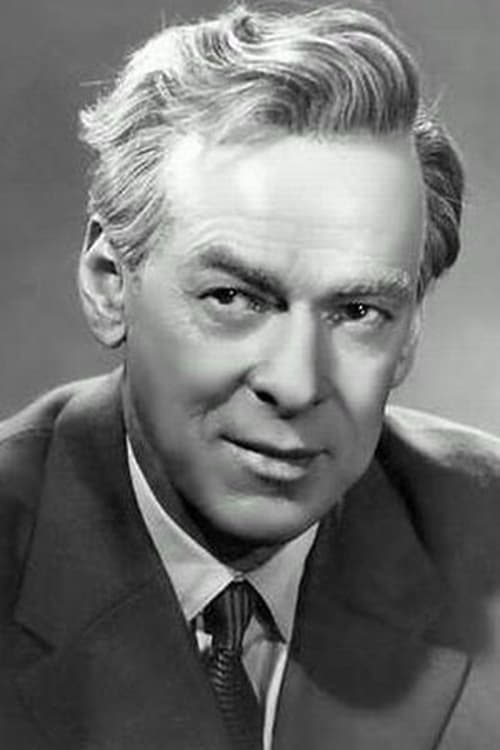
Nikolai Cherkasov
Nikolay Cherkasov
atau dikenal sebagai
Riwayat Hidup
An outstanding Soviet theater and film actor.
Honored Artist of the RSFSR (1937).
People's Artist of the RSFSR (03/11/1939).
People's Artist of the USSR (02.
26.
1947).
He graduated from the Institute of Performing Arts (1926).
Since 1919 - a mimic artist of the Petrograd Mariinsky Opera and Ballet Theater, the Bolshoi Drama Theater and other theaters.
In the years 1926-1929 - actor of the Leningrad Youth Theater.
In 1929-1931 - artist of the Leningrad and Moscow music halls.
In the years 1931-1933 - artist of the Leningrad Mobile Theater "Comedy".
In 1933-1965 - artist of the Leningrad Academic Drama Theater named after Pushkin.
Nikolai Cherkasov is the only actor whose face is imprinted on the order.
Stalin personally chose and approved the portrait of Cherkasov for one of the highest state awards - the Soviet Order of Alexander Nevsky.
Member of the Supreme Council of the RSFSR 1-2 convocations.
Member of the Supreme Soviet of the USSR 3-4 convocations (1950-1958).
Chairman of the Leningrad branch of the WTO (since 1948).
Member of the Soviet Peace Committee (since 1949).
Member of the CPSU (b) since 1940.
September 14, Nikolai Konstantinovich died at the 64th year of life.
When the great actor passed away, one of his students said that he died not from heart failure, but from insufficient heartiness.
.
.
The actor was buried in the Necropolis of Artists of the Alexander Nevsky Lavra in Leningrad.
July 27, 1970 the name of Cherkasov was assigned to one of the streets in Leningrad.
Info Pribadi
Peran Yang Di Mainkan Nikolai Cherkasov
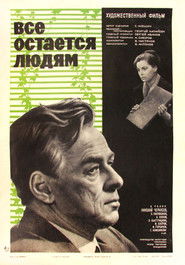 Renowned scientist Dronov works in Novosibirsk...
Renowned scientist Dronov works in Novosibirsk...All Remains to People 1963
Renowned scientist Dronov works in Novosibirsk on the creation of ultra-modern engine. He has a bad heart, he was afraid not to have time to finish the job, and test engine at a factory in Moscow, unfortunately, is not the first time passes unsuccessfully. Dronov abandons the rest of the work, even the leadership of the Institute entrusts to his disciple Morozov.
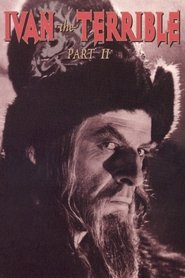 This is the second part of...
This is the second part of...Ivan the Terrible, Part II: The Boyars' Plot 1958
This is the second part of a projected three-part epic biopic of Russian Czar Ivan Grozny, undertaken by Soviet film-maker Sergei Eisenstein at the behest of Josef Stalin. Production of the epic was stopped before the third part could be filmed, due to producer dissatisfaction with Eisenstein's introducing forbidden experimental filming techniques into the material, more evident in this part than the first part. As it was, this second part was banned from showings until after the deaths of both Eisenstein and Stalin, and a change of attitude by the subsequent heads of the Soviet government. In this part, as Ivan the Terrible attempts to consolidate his power by establishing a personal army, his political rivals, the Russian boyars, plot to assassinate him.
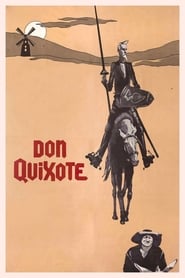 Senor Quexana has read so many...
Senor Quexana has read so many...Don Quixote 1957
Senor Quexana has read so many books on chivalry that he believes that he is the knight Don Quixote de la Mancha. So Don Quixote sets off on his horse, accompanied by his squire Sancho Panza on a mule, to perform valiant deeds. They mistakenly save the Lady Altisidora who is so amused that she invites them to visit the Duke to provide some merriment at court. Among other deeds, Don Quixote frees some prisoners, who then turn upon him, and Don Quixote attacks a windmill that he imagines is a monstrous wizard.
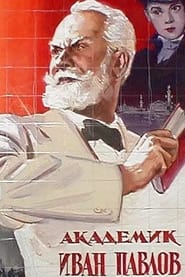 Russia 1875 In Riazan Dr Pavlov is...
Russia 1875 In Riazan Dr Pavlov is...Academician Ivan Pavlov 1949
Russia, 1875: In Riazan’, Dr Pavlov is summoned to a landowner who refuses to accept the inevitability of his death; to Pavlov’s dismay, he orders the destruction of a beautiful apple orchard. 1894: Experimenting on dogs, Pavlov tries to comprehend the interaction between nerves and external signals governing digestion. In 1904, he formulates the principles of conditional reflexes. When Zvantsev, an opponent of Pavlov’s materialist worldview, leaves the laboratory, the scientist hires Varvara Ivanova who becomes his most reliable assistant. 1912: Pavlov receives an honorary doctorate from Cambridge University. 1917: Despite Pavlov’s political scepticism, the Bolshevik administration treats him with great respect.
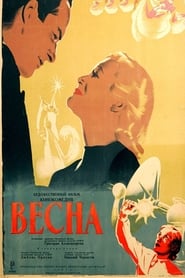 A drab woman scientist working on...
A drab woman scientist working on...Spring 1947
A drab woman scientist, working on machine to harness solar energy, and a pert concert singer look-alike being courted to play her in a movie swap identities and find personal growth, professional success, love, and happiness.
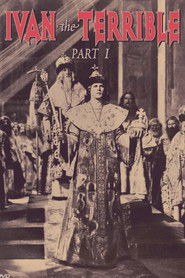 Set during the early part of...
Set during the early part of...Ivan the Terrible, Part I 1944
Set during the early part of his reign, Ivan faces betrayal from the aristocracy and even his closest friends as he seeks to unite the Russian people. Sergei Eisenstein's final film, this is the first part of a three-part biopic of Tsar Ivan IV of Russia, which was never completed due to the producer's dissatisfaction with Eisenstein's attempts to use forbidden experimental filming techniques and excessive cost overruns. The second part was completed but not released for a decade after Eisenstein's death and a change of heart in the USSR government toward his work; the third part was only in its earliest stage of filming when shooting was stopped altogether.
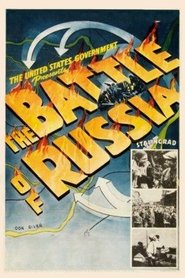 The fifth film of Frank Capras...
The fifth film of Frank Capras...Why We Fight: The Battle of Russia 1943
The fifth film of Frank Capra's Why We Fight propaganda film series, revealing the nature and process of the fight between the Soviet Union and Germany in the Second World War.
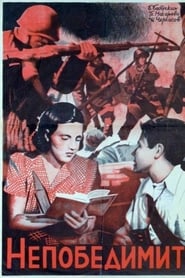 The autumn of 1941 Leningrad is besieged...
The autumn of 1941 Leningrad is besieged...The Invincible 1943
The autumn of 1941. Leningrad is besieged by the Nazis. A new model of tank is being developed at a large defense plant. Built in the shortest possible time combat vehicles are tested directly on battlefields, fighting with fascists in the outskirts of the city. The first feature film about the heroic everyday life of city defenders was shot directly in assembly shops of plants and in the streets of Leningrad when the city was fighting against the enemy
 When German knights invade Russia Prince...
When German knights invade Russia Prince...Alexander Nevsky 1938
When German knights invade Russia, Prince Alexander Nevsky must rally his people to resist the formidable force. After the Teutonic soldiers take over an eastern Russian city, Alexander stages his stand at Novgorod, where a major battle is fought on the ice of frozen Lake Chudskoe. While Alexander leads his outnumbered troops, two of their number, Vasili and Gavrilo, begin a contest of bravery to win the hand of a local maiden.
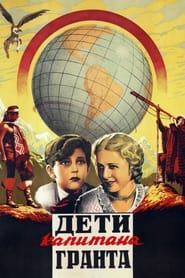 The son and daughter of a...
The son and daughter of a...Capt. Grant's Family 1936
The son and daughter of a lost-at-sea captain recruit help to find him on the basis of an incomplete note found in a bottle, and encounter adventures in Patagonia, Australia, and New Zealand... Based on Jules Verne novel.
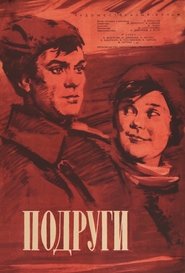 Girlfriends Zoya Natasha and Asya live...
Girlfriends Zoya Natasha and Asya live...The Girlfriends 1936
Girlfriends Zoya, Natasha and Asya live in Petrograd. Before the Civil War, young heroines are aware of the social injustice of life. When the war begins, the girls are recorded by the orderlies of the working group to protect the Bolshevik Petrograd from the advance of the whites.
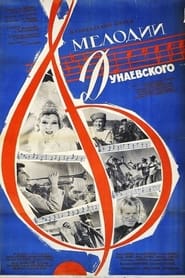
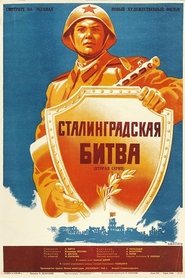 A 1949 twopart Soviet epic war film...
A 1949 twopart Soviet epic war film...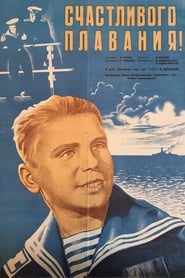 A story about boys in a...
A story about boys in a...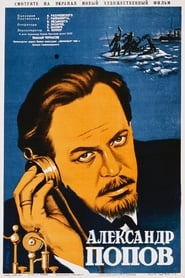 A biographical film about the life...
A biographical film about the life...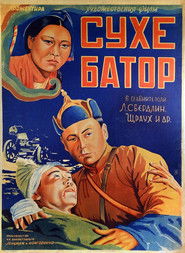 The film tells about the founder...
The film tells about the founder...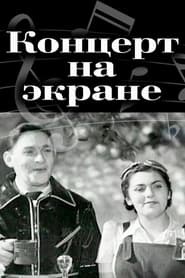
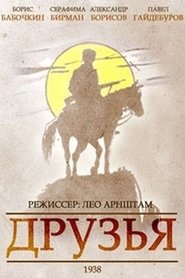 The Soviet classic based on the...
The Soviet classic based on the... A Soviet comedy about a charming...
A Soviet comedy about a charming...